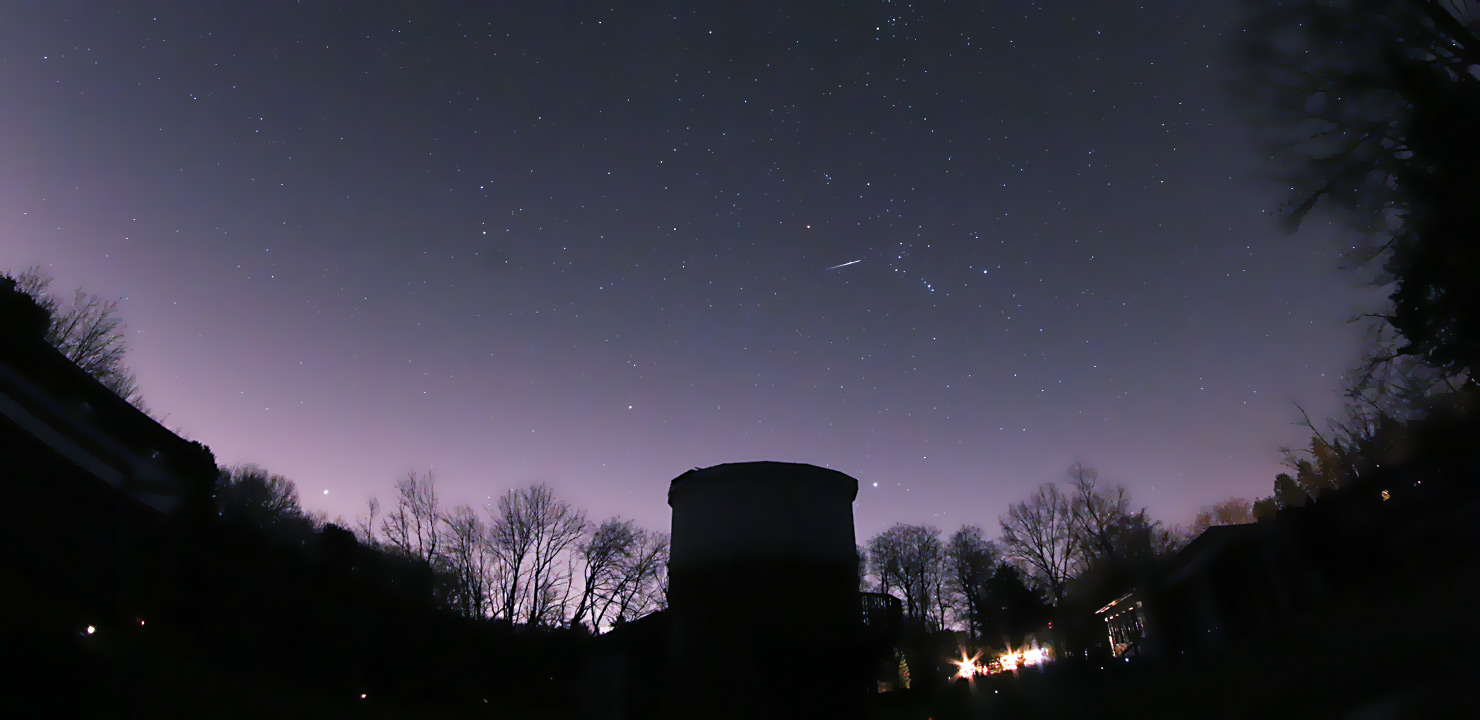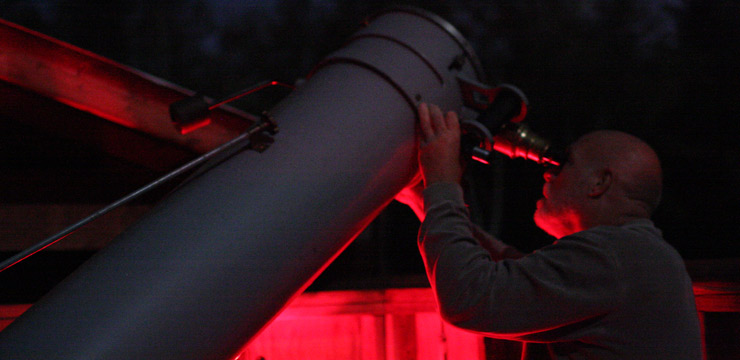
Geminids Meteor Shower 2022 Observing Report
January 2023 :
The Geminids Meteor Shower peaked on the morning of December 14, 2022. I observed the Geminids from my front yard in Sarasota, Florida on the morning of December 14, 2022 from 1:00am to 5:15am local time. My observing site had moderate light pollution with a seventy-percent wanning gibbous moon illuminating the sky resulting in a limiting magnitude of +3. I faced the northeast at the constellation of Gemini and looked up toward the zenith. There was fast moving fog throughout the morning that posed little interference.
I witnessed my first Geminid meteor at 1:01 am at a magnitude of +2. Most of the meteors were fast, white in color and moved swiftly. Most did not leave a train. The sky soon became completely overcast from 1:50am to 2:25am. I resumed observations at 2:25am when the sky was again completely clear.
Three yellow fireballs were noted: the first was a Geminid at 3:10 am at magnitude -1 emanating from the radiant while the second was a non-Gemenid (sporadic) meteor at 3:13am at magnitude -1 that headed toward the radiant. The third yellow Gemenid occurred at 5:02 am at magnitude -2. The yellow color is indicative of iron in the meteoroid. The sky once again became completely overcast at 6:00am and remained overcast until twilight thus terminating my observations.
In summary, I witnessed a total of 53 meteors from 1:00am until 5:15am. Fifty-one were Geminids, which included three fireballs that were all yellow in color, and two were sporadic meteors. The weather conditions at the close of my observations were temperature 65.1°F, Humidity 97%, Barometer 30.00 in Hg, Wind ESE at 5 to 10mph.
Overall, this year’s Gemenid Meteor Shower was a success. I submitted my observations to the Astronomical League, the International Meteor Organization and the Association of Lunar and Planetary Observers for archive and research. I encourage everyone to take the time and observe one of nature’s finest spectacle.
Geminid meteor seen over Seagrave Observatory in 2014.
Related Topics




